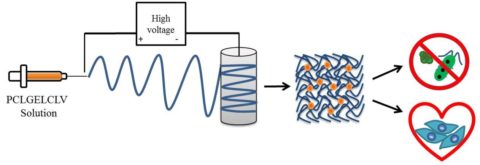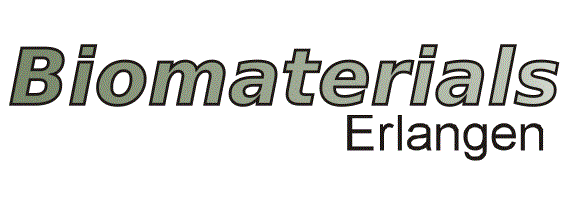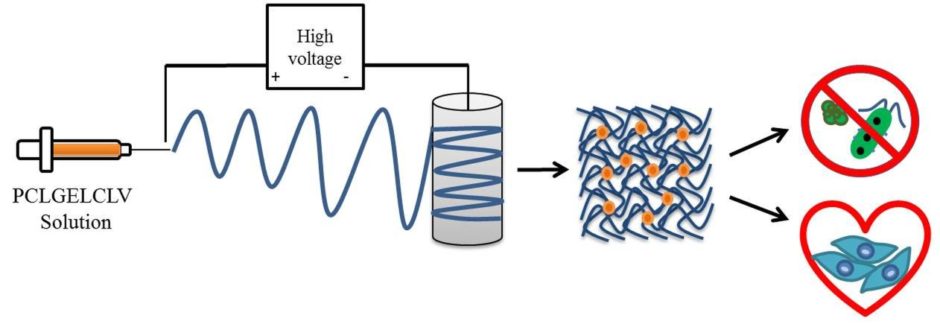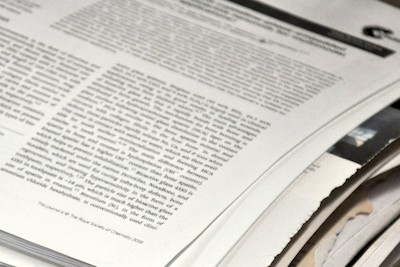Our paper on electrospun fibres containing essential oils for wound healing published

Our article “Evaluation of Electrospun Poly(ε-Caprolactone)/Gelatin Nanofiber Mats Containing Clove Essential Oil for Antibacterial Wound Dressing”, authored by Irem Unalan (PhD student), Stefan J. Endlein, Benedikt Slavik, Andrea Buettner, Wolfgang H. Goldmann, Rainer Detsch and Aldo R. Boccaccini has been recently published in the Open Access Journal Pharmaceutics [1] (special issue: “Recent Development of Electrospinning for Drug Delivery” . In this research, carried out in collaboration with Prof. W. H. Goldmann (Biophysics group, FAU) and the group of Prof. Andrea Buettner (FAU Department of Chemistry and Pharmacy, Working group: Chair of Aroma and Smell Research), we developed antibacterial poly(ε-caprolactone) (PCL)-gelatin (GEL) electrospun nanofiber mats containing clove essential oil (CLV) using benign (non-toxic) solvents. CLV-loaded PCL-GEL nanofiber mats did not have cytotoxic effects on normal human dermal fibroblast cells. The fibers exhibited antibacterial activity against Staphylococcus aureus and Escherichia coli. The system represents an innovative application of phytotherapeutics combined with engineered biomaterials for advanced antibacterial wound dressings.
[1] Unalan, I., et al., Evaluation of Electrospun Poly(ε-Caprolactone)/Gelatin Nanofiber Mats Containing Clove Essential Oil for Antibacterial Wound Dressing, Pharmaceutics 11 (11) 2019, 570.
“Image reproduced from ref. /1/, an open access article distributed under the Creative Commons Attribution License which permits unrestricted use, distribution, and reproduction in any medium, provided the original work is properly cited”


